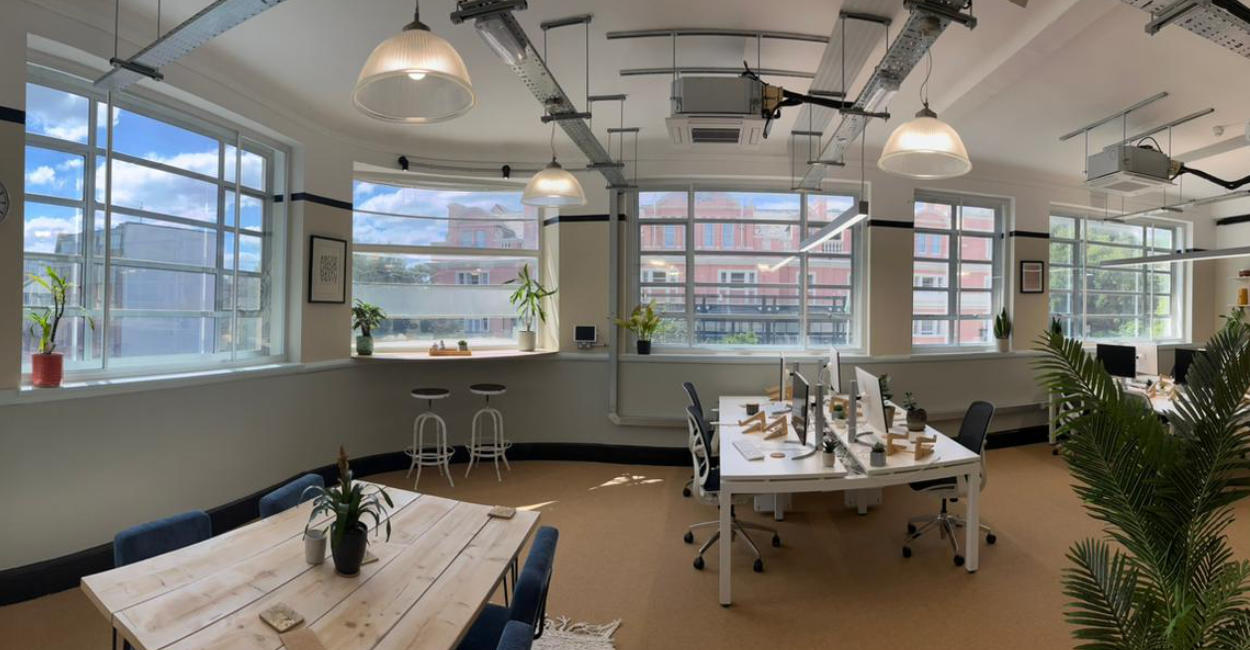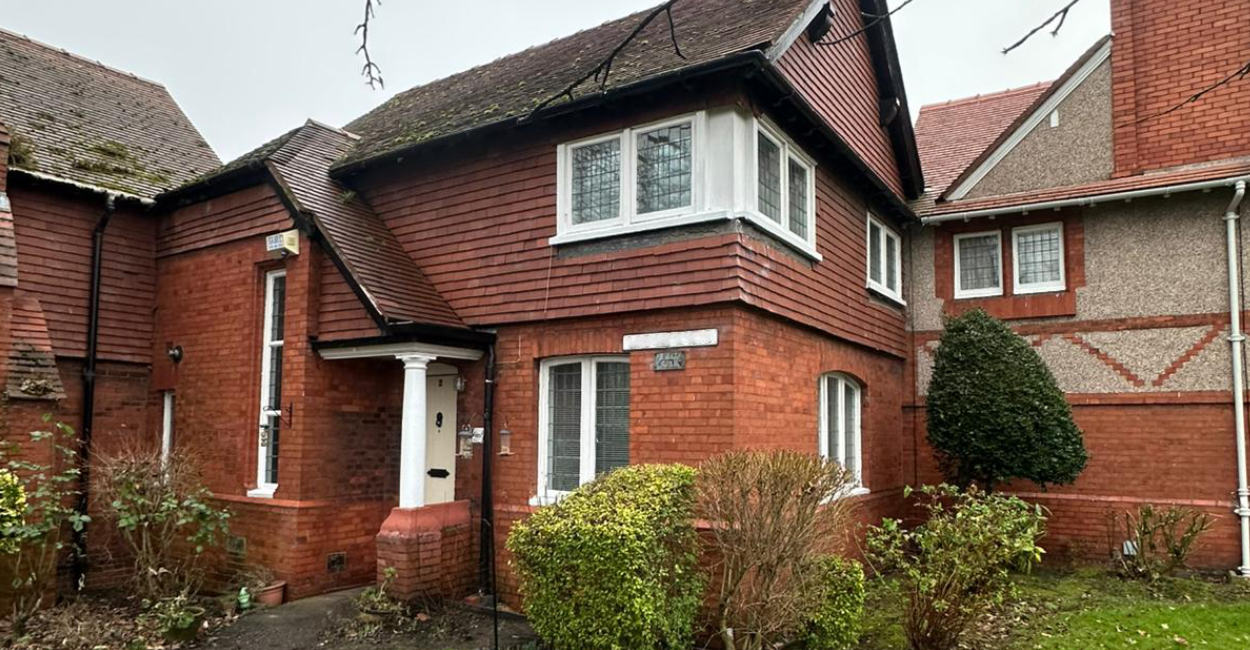Many homeowners are choosing the installation of bespoke aluminium secondary glazing to improve the acoustic and thermal performance of their home. With rising energy costs and increasing traffic noise, secondary glazing has emerged as a popular glazing solution that not only reduces heat loss but also blocks external noise. In this article, we will discuss the benefits, installation process, and cost of secondary glazing.
What is Secondary Glazing?
Secondary glazing is a highly effective solution for improving the thermal insulation and soundproofing capabilities of your property. Unlike traditional double glazing, secondary glazing doesn’t replace the original windows, but instead adds an extra layer of insulation and soundproofing.
A discreet aluminium window is installed on the room side of your property, designed to match the style and function of your primary window. This delivers enhanced thermal and acoustic insulation without the need for extensive renovations or replacements.
Secondary glazing is a cost-effective solution that can improve the performance of your traditional windows. Available in many styles, secondary glazing is designed to match the shape and function of your primary windows, you can view our secondary glazing range by clicking here.
What benefits does Secondary Glazing provide?
1. Improved Energy Efficiency and Reduced Heating Costs: Secondary glazing is often requested as a solution to improve energy efficiency. The addition of a second barrier will help minimise cold draughts and reduce heat loss in the colder winter months. This added insulation reduces the reliance on heating, resulting in substantial energy savings and lower utility bills.
2. Noise Reduction Benefits: Secondary glazing also serves as an effective solution for minimising external noise pollution. Whether you live near a busy road, airport, or railway line, the additional secondary glazing layer significantly reduces external noise. By minimising sound transmission, secondary glazing creates a calm and peaceful living environment, allowing you to enjoy the comforts of your home undisturbed.
3. Security Benefits: Secondary glazing adds an additional layer of protection to your windows, creating an additional physical barrier against break-ins and forced entry attempts. The secondary glazing panel, typically made of robust materials like laminated glass is difficult to penetrate, providing an additional level of security compared to single-glazed windows.
Secondary Glazing Installation Process
The installation of secondary glazing is unobtrusive and often has minimal impact upon the original fabric of the building, this makes it a great addition for period properties and listed buildings. It involves installing a slimline frame to the interior of the existing window, and then installing a secondary glazing panel within this durable frame. The frame is manufactured from aluminum and offers flexibility to match different architectural styles and preferences. The secondary glazing panels can be customised to fit any window shape or size, ensuring a discreet integration with the existing aesthetics and function of your existing windows.
How much does Secondary Glazing Cost?
Multiple factors contribute to the overall cost of secondary glazing, often the size, style and type of glass installed within the secondary glazing system.
Window Size and Quantity: The size and number of secondary glazing windows to be fitted will play a large role in calculating the overall cost. Larger windows will require more materials, labor, and time, all of which will increase the overall cost. With this being said, installing multiple windows at once will spread and lower the overall installation cost.
Glazing Type: The type of glazing used in secondary glazing can influence the cost. Speciality glass designed for enhanced Acoustic performance or Low-E glass for thermal performance will enhance the secondary glazing performance but may come at an extra expense.
Average Secondary Glazing Cost?
While the cost of secondary glazing can vary depending on the factors highlighted above, it is helpful to have a general understanding of the average expenses involved. Keep in mind that the following figures are approximate and are subject to variation:
Secondary glazing can range between £250 and £800 per window depending upon size, function and glass specification, this estimate includes the materials, labour, and installation. We can and often provide an indicative cost for our customers. If you take images of the windows that require treating and provide vague window dimensions, we can recommend a secondary glazing solution most suitable for your home with a potential cost.
Secondary Glazing V Double Glazing
Secondary glazing and double glazing are both effective solutions for enhancing energy efficiency and reducing noise in homes. However, secondary glazing offers several benefits that make it a better alternative in certain situations. Here are some reasons why secondary glazing may be a more suitable choice for your home:
Cost-Effectiveness: Secondary glazing is generally more cost-effective than double glazing.
Retention of Original Windows: One main advantage of secondary glazing is that it retains the character and aesthetic of your original windows. This is particularly important for heritage and period properties.
Enhanced Energy Efficiency and Noise Reduction: While double glazing is known for its insulation properties, secondary glazing can provide comparable levels of energy efficiency and noise reduction. The additional layer of glazing created by secondary glazing effectively reduces heat loss, improves thermal insulation, and helps to minimise external noise pollution.
Reversible Solution: Unlike double glazing, secondary glazing is a reversible solution. If for any reason you decide to remove the secondary glazing in the future, it can be easily taken out without affecting the original windows or the fabric of the building.
Could investing in secondary glazing be a wise decision?
Secondary glazing provides an array of benefits, including improved energy efficiency and noise reduction, making it an increasingly popular choice for homeowners. By enhancing insulation and reducing external noise, secondary glazing offers a cost-effective and non-intrusive solution to upgrade existing windows. With its straightforward installation process and customisable options, secondary glazing is a practical choice for those seeking to create a more comfortable and peaceful living environment.
Investing in secondary glazing not only enhances the value and comfort of your home but also contributes to a more sustainable and eco-friendly lifestyle. By reducing energy consumption and minimising noise pollution, you can enjoy a more energy-efficient and tranquil living space for years to come.




